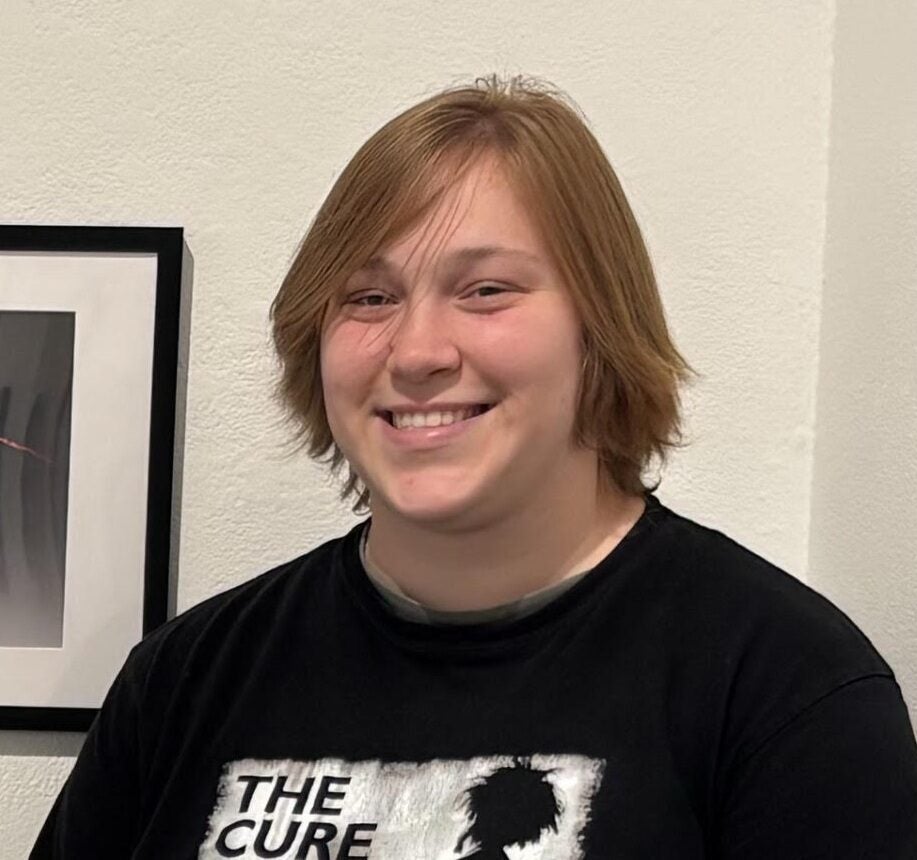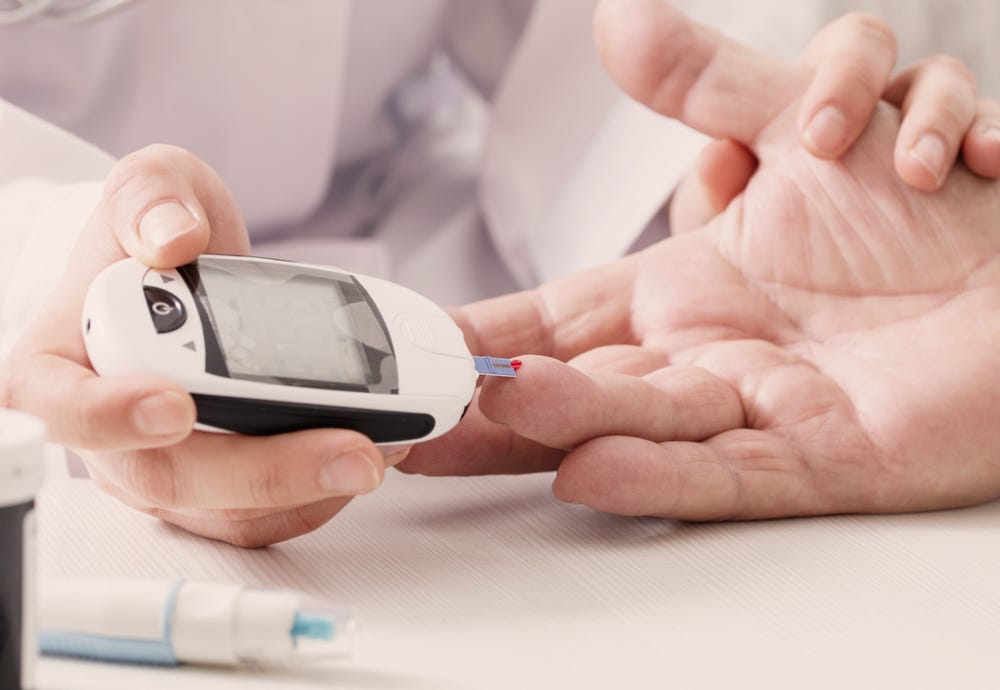A simple blood sugar test predicts your risk for an early death
A long-term study in Japan shows people with higher one-hour blood sugar levels—even if not diabetic—face higher death risks.

 Edited By: Joseph Shavit
Edited By: Joseph Shavit

A 20-year Japanese study finds blood sugar spikes—even within normal range—may predict early death from heart disease and cancer. (CREDIT: Shutterstock)
At Tohoku University in Japan, a long-running health study has revealed a surprising new clue about life and death. The Ohasama Study, which has tracked local residents for more than four decades, now shows that your blood sugar level one hour after drinking a sugary drink may tell more about your future than anyone expected, even if you aren’t diabetic.
What a Simple Test Tells Us About Life Expectancy
Medical professionals have long conducted the oral glucose tolerance test (OGTT) to diagnose someone with diabetes. During the test, participants drink a glucose-rich beverage, and their blood is sampled several times across a two hour period. The majority of doctors focus on the blood sugar level at the two hour mark; however, a recent study now shifts the focus of the testing to what happens just one hour after the drink is ingested.
The researchers analyzed 993 people who had joined the Ohasama Study in Japan. The participants provided blood samples, had their glucose levels tested, and reported their health status every few years. The research team specifically wanted to determine if any of the health markers, such as blood sugar or cholesterol, would predict whether someone might live longer or not even if their results were in the normal range.
The piece of evidence that stood out the most? The one-hour-post-glucose blood sugar level, known as 1-hour postload glucose or 1-hrPG, turned out to be the single best predictor of who would die in the future.
A Cutoff Point That Provides Significant Data
In the beginning, the researchers divided the sample of 993 participants into two groups based on the middle value (i.e., median) of their 1-hour glucose values which was 162 mg/dL. People with the lower values had significantly higher longevity during the average follow-up of 14 years.
But the analysis did not stop there. To simplify the results, the scientists examined only the 595 individuals who were classified as having “normal” glucose tolerance (individuals who did not have diabetes or prediabetes). Even in these people, a more pronounced cutoff formed. Individuals with 1-hrPG levels at or above 170 mg/dL were statistically much more likely to die than those with levels below that cutoff.
The difference was significant. Approximately 80% of participants in the lower-glucose cohort were alive after 20 years of follow-up. In contrast, nearly half of the higher-glucose cohort was dead and this finding remained intact even after adjusting for other major health issues like age, obesity, and smoking.
One of the authors, Dr. Junta Imai stated that “even after controlling and adjusting for factors known to influence mortality such as age, obesity, and smoking, the 1-hour postglucose load blood glucose level approximates mortality".
Heart Disease and Cancer: The Silent Killers?
But what actually were people dying from? The research team dug further into the cause-of-death records and found that it was heart disease and cancer that had caused the majority of deaths. To be more specific, atherosclerosis heart disease (a disease characterized by hardened and narrow arteries) and multiple types of cancer were more prevalent amongst those individuals with the higher 1-hrPG levels.
And the numbers bore that out. Individuals below 170 mg/dL in 1-hrPG had dramatically lower mortality rates from those disease processes. The results pointed to very strong statistical differences—so strong that scientists referred to 170 mg/dL as a “powerful predictor” of future mortality.
“I think it tells you that even if your blood sugar is in the 'normal' range, it may not be optimal,” Imai said. “A blood sugar spike after meals could be damaging to the body over time and increase your risk for heart disease or cancer."
Why Normal Isn’t Always Safe
Typically, doctors diagnose diabetes by determining whether an individual has levels that are too high or too low. This study shows that danger may begin before an individual hits the diabetic range. Even in individuals with blood sugar in the 'normal range', one-hour spikes in blood sugar could present dangers long term.
This raises new questions about the true meaning of being ‘healthy’. Someone who appears to be doing fine on paper, might still be at risk without their knowledge. Of note, the study and its findings came from individuals in a rural community and not a sample chosen based on health problems, so it is likely generalizable to a population.
This also provides new avenues for early screening. Measuring one hour postload glucose might allow for early risks of hidden issues to be detected by a health care provider; as it is already a simple test used to screen for diabetes, using a cutoff of 170 mg/dL might help to identify those who need closer monitoring even if they do not have diabetes.
A New Approach to Prevention
There is both good news and caution in the study's findings. The risk is real, but it also indicates an upside: controlling post meal blood sugar levels may support longer life even if you never develop diabetes.
"Not only with respect to taking steps to prevent diabetes," mentioned Imai, "but a greater focus on controlling blood glucose spikes shortly after eating may likely prevent heart disease and cancer, resulting in much longer, and healthier lives."
What doctors and researchers have always known is that lifestyle choices around diet, exercise, and weight control reduce the risk of diabetes, and likely can also prevent deadly diseases in a population who show no clear signs of disease. When you think about it, the foods you eat, how much you get up off of the couch and move, and how you cope with stress may contribute to how you live, and hopefully for longer.
Controlling how your blood sugar spikes after you eat - and most notably avoid fast digesting carbohydrates - and eat balanced meals likely helps you control the spikes, in a manner, multiple spikes as indicated in the study.
Since the spikes are likely asymptomatic, regular testing for blood glucose could be an important part of the care continuum for long term healthcare.
What It Means for Long-Term Potential
The Ohasama Study is one of the longest and most comprehensive investigations of health in a population ever performed. The value of the study relies on information gathered from everyday people going about their lives, not from people who had been in clinical trials, or from patients in the hospital. This distinction is one of the more personal aspects of the study, it is not data, it is a descriptive of how daily choices lead to real outcomes.
If a simple test taken one hour following a sugary drink can provide such an in-depth view your future health, it is time to think about what we mean by "normal" and, rethinking screening for risk.
Health is not just about the absence of disease, but about knowing where you stand with your body before the trouble starts. This study gives a nod to another tool to help do just that.
Research findings are available online in the journal PNAS Nexus.
Related Stories
- Real-time glucose and heart monitoring in a smart wearable device
- Tiny continuous glucose monitors can detect diabetes risk early
- Ultra-thin, wearable sensor reinvents wireless continuous glucose monitoring
Like these kind of feel good stories? Get The Brighter Side of News' newsletter.
Mac Oliveau
Science & Technology Writer
Mac Oliveau is a Los Angeles–based science and technology journalist for The Brighter Side of News, an online publication focused on uplifting, transformative stories from around the globe. Passionate about spotlighting groundbreaking discoveries and innovations, Mac covers a broad spectrum of topics—from medical breakthroughs and artificial intelligence to green tech and archeology. With a talent for making complex science clear and compelling, they connect readers to the advancements shaping a brighter, more hopeful future.



